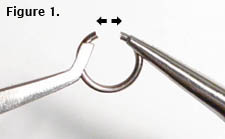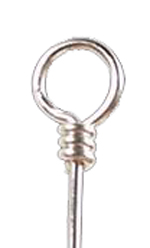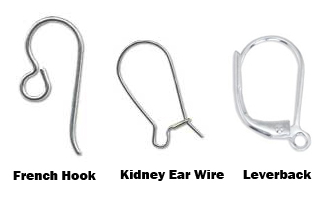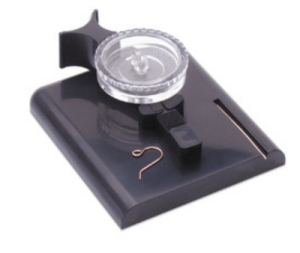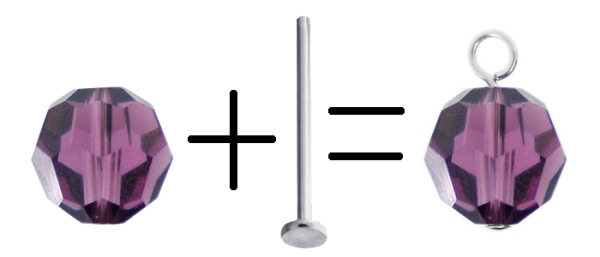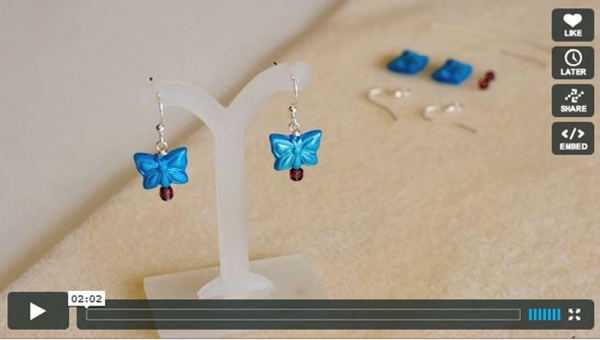Next Saturday, I will post the first of my personal tutorials, which means there will also be an earring giveaway. The tutorial will be based on the pearl and chain earring  shown in the photo. For the giveaway, the earrings will be made of genuine freshwater pearls, sterling silver cable chain, and sterling silver findings.
shown in the photo. For the giveaway, the earrings will be made of genuine freshwater pearls, sterling silver cable chain, and sterling silver findings.
I would say these earrings would be worth conservatively about $30, although you’ll find similar earrings for much more on the web. Personally, I do not see how some of the sellers get away with charging $65 for a pair of earrings, but I applaud their entrepreneurial spirit!
Between now and then, I will add to the top of this blog a page titled GIVEAWAYS, outlining the rules for each contest. Remember, you must be a follower of this blog to be eligible to win a pair of earrings. To become a follower, click FOLLOW BLOG VIA EMAIL in the right hand column.
FEEDBACK AND COMMENTS. Maybe you think one of the steps of my tutorial was not clear. Maybe you have an idea that would improve the earring design. Maybe you want to share your attempt at completing the tutorial in a creative way. Maybe you think this is the best darn blog in cyberspace. (Of course you do!) Please comment and share with me and your fellow followers. That’s what makes a blog a living, breathing, interactive thing.


